What is the role of the clutch? In the field of mechanical transmission, the clutch plays a vital role. It is like a silent hero behind the scenes. Although it is not eye-catching, it plays an indispensable role in the power transmission process.
The main function of the clutch is to realize the transmission and disconnection of power. When it is necessary to connect the power source and the working device, the clutch fits tightly through its internal friction plate, so that the power can be smoothly transmitted from the power source such as the engine to the transmission, drive axle and other components, thereby driving the vehicle or mechanical equipment to operate. For example, when the car starts, the driver steps on the clutch pedal to temporarily separate the engine and the transmission. After the gear is engaged, the pedal is slowly released, the clutch gradually engages, and the power of the engine is smoothly transmitted to the wheels, so that the vehicle can start smoothly.
It can also effectively protect the transmission system. During the gear shifting process, the gear ratios corresponding to different gears are different. If the gear is switched directly without cutting off the power, a strong impact will be generated, which may cause gear damage. At this time, the clutch cuts off the power, allowing the transmission to shift smoothly, avoiding damage to the transmission components due to impact, and extending the service life of the transmission system.
The clutch is also important for preventing overload. When the working device encounters a large resistance and an overload occurs, the clutch can limit the transmitted torque by slipping, protecting the power source and transmission system from damage due to overload. For example, in some engineering machinery operations, if a sudden large resistance is encountered, the clutch slips, and the engine will not fail due to excessive load.
The clutch can also assist in emergency braking. It can quickly cut off the power, allowing the vehicle or equipment to stop running faster, reduce the distance to continue moving forward due to inertia, improve the braking effect, and ensure operational safety.
The clutch plays an important role in mechanical transmission, including power transmission, cutting off, protecting the transmission system, preventing overload, and auxiliary braking. It is one of the key components to ensure the normal operation of various types of machinery and vehicles, and provides strong support for the development of modern industry and transportation.

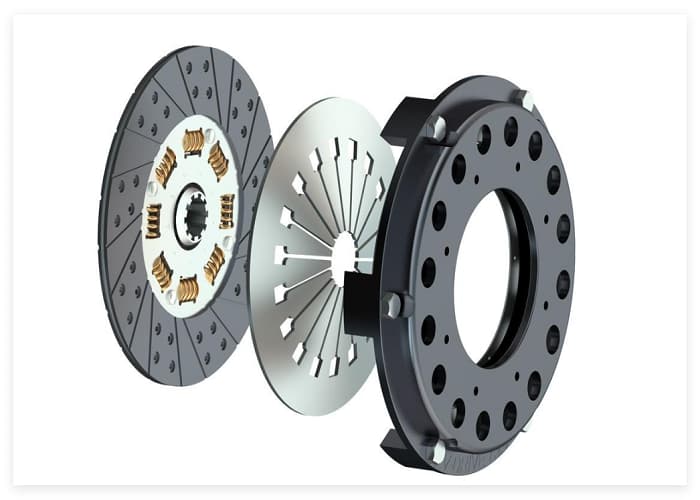




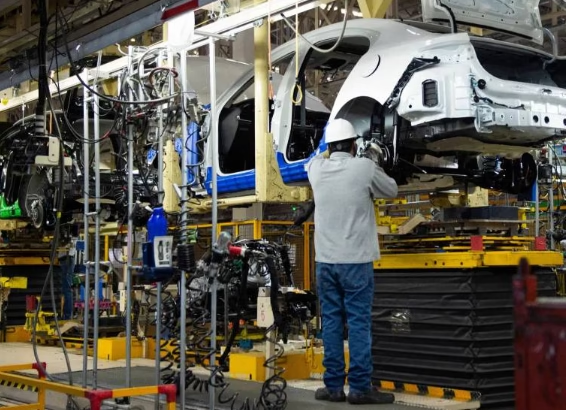
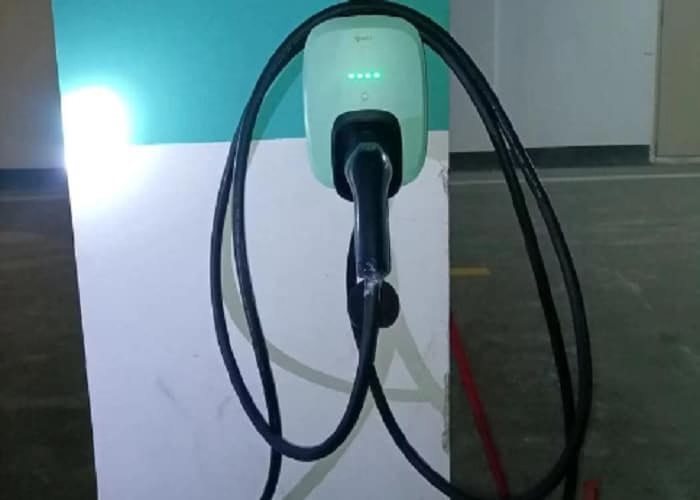
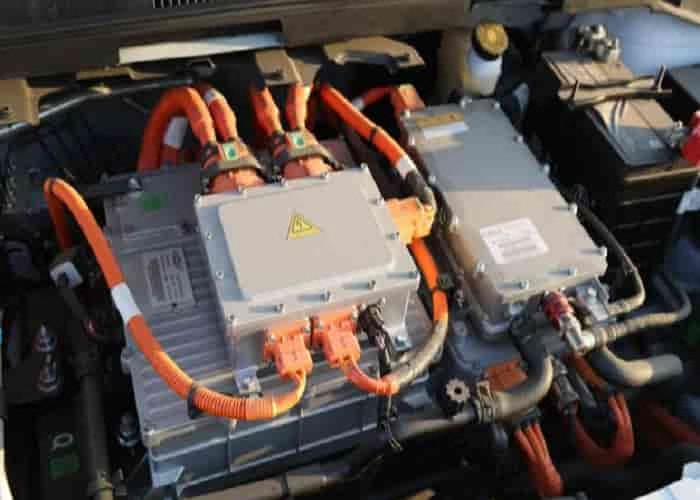
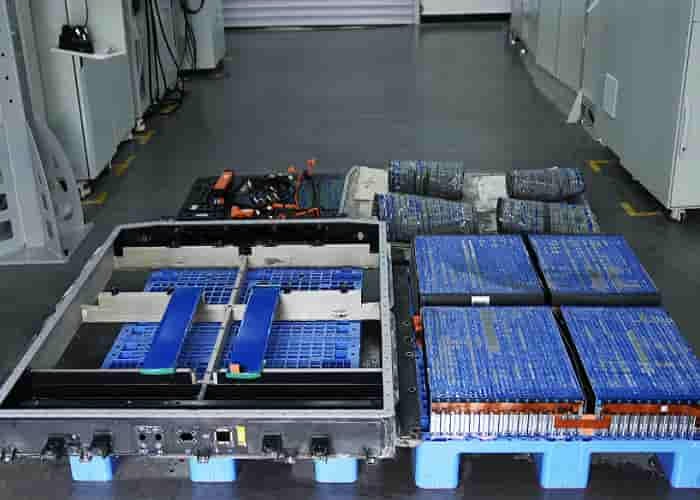
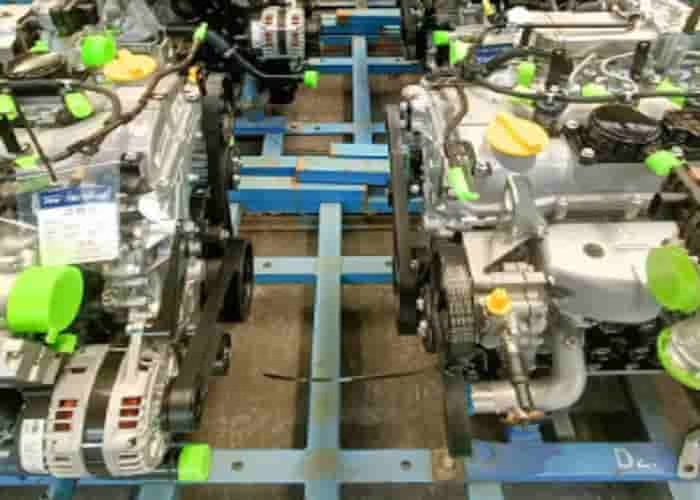
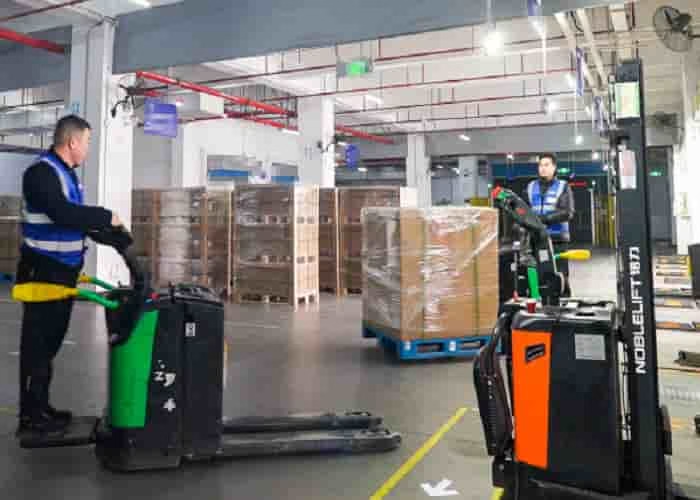
Leave a Reply